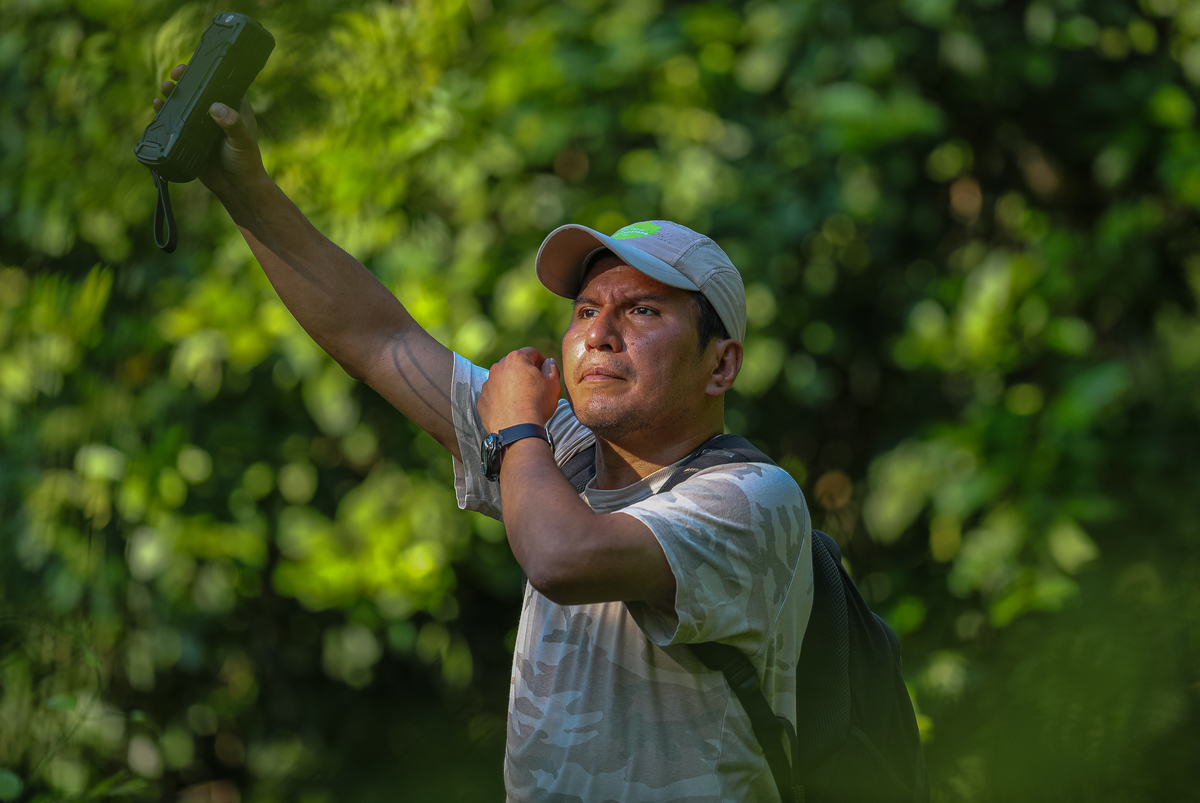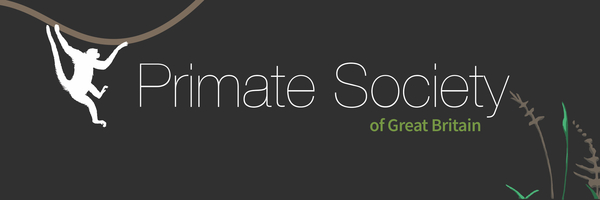CONSERVATION GRANTEES 2025
Julius Kizito
Community members' attitudes towards, perceptions, and conservation education of Chlorocebus pygerythrus (LC) in Kalangala district (Ssese Islands), Uganda.
Vervet monkeys (Chlorocebus pygerythrus), although categorized as Least Concern on the IUCN Red List, are the only extant primate species in the Ssese Islands. They are found on 28 of 84 Kalangala district Ssese Islands. Habitat loss due to the expansion of oil palm plantations and a switch from fishing to agriculture increased negative human-vervet interactions, including misuse of pesticides and threats of hunting. These create a challenge to the long-term survival of the vervets. We will assess the attitudes and perceptions of community members, from 135 households in 9 villages on Buggala Island, towards vervet monkeys. These villages are close to protected forest and have reported high levels of crop-foraging by vervets. We will then conduct 20 conservation education trainings targeting 300 participants to improve community engagement in conservation and coexistence with vervet monkeys. The conservation education material will also have a component on the pesticide use health-related risks to both humans and animals and their impact on ecosystem biodiversity and explore environmentally friendly techniques to reduce crop foraging.

Photo shared with permission.
Jingyu Chen
Supporting community-based conservation for the Hainan Gibbon through a social-ecological perspective
The Hainan gibbon (Nomascus hainanus) is the world’s rarest ape and one of the rarest mammals, with a population of c. 37 individuals restricted to 15 km² in Hainan Tropical Rainforest National Park (HTRNP), Hainan Island. It is IUCN Red-listed as Critically Endangered. In recent years, new gibbon groups have formed in secondary forests adjacent to human settlements, where local communities engage in agroforestry practices, leading to potential human-wildlife conflict. Major gaps remain in understanding the fine-scale relationships between low-income local communities, Hainan gibbons, and other native wildlife. Limited local engagement, the absence of conservation NGOs, and a disconnect between researchers and local communities hinder conservation efforts. Drawing from a successful Lisu women-led gibbon conservation project in Yunnan, this study examines and works with Li and Miao communities near HTRNP to understand human-gibbon interactions, explore community-based conservation, and assess the transferability of conservation models. Our experience advocates for interdisciplinary approaches to empower local communities and shift top-down, male-dominated HTRNP management paradigms.

Photo shared with permission.
Jesús Martinez
Advancing the consolidation of primatology in Bolivia
Bolivia is home to 23 monkey species that are facing severe habitat loss due to deforestation and land use change. Of the 23 taxa, 8 have been nationally evaluated as Vulnerable, two as Endangered, and two as Critically Endangered (6 are not yet evaluated). The Bolivian Primatology Network (RedBolPrim) aims to consolidate this discipline by promoting primate research and conservation for all Bolivian primate populations. RedBolPrim will organize a symposium focused on the current state of primatology in Bolivia at the Xth Bolivian Congress of Mammalogy (July 2025). We will also organize a round table to outline the highest priority actions to be carried out for the conservation of primates in Bolivia. The results will be used in a series of workshops to construct a national Conservation Action Plan for Bolivian primates. The participation of indigenous people is crucial for these strategic workshops. Together these initiatives aim to lay the groundwork for long-term primate and forest conservation in Bolivia.

Photo shared with permission.




